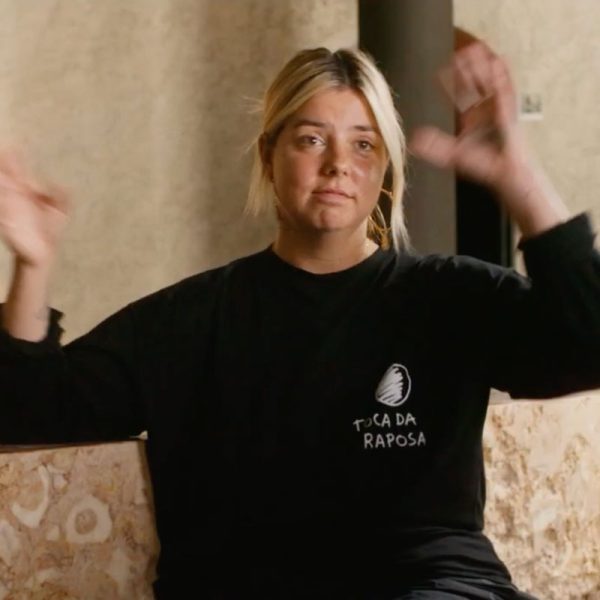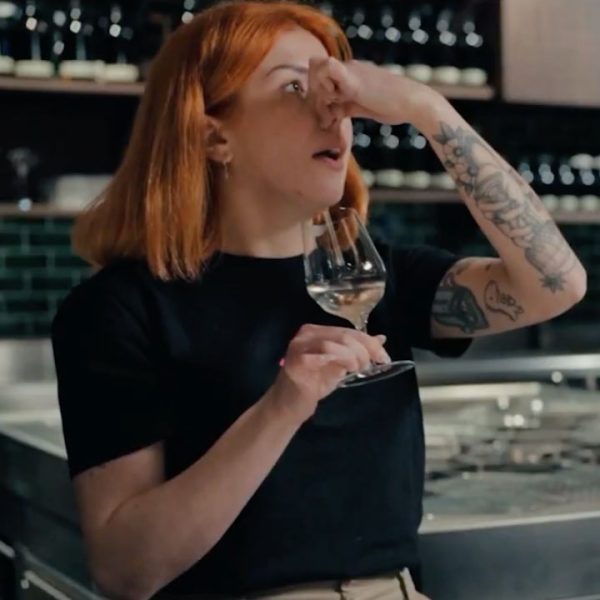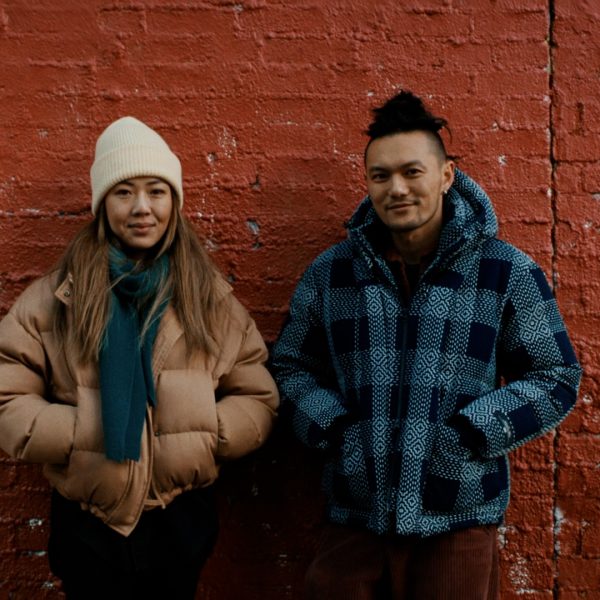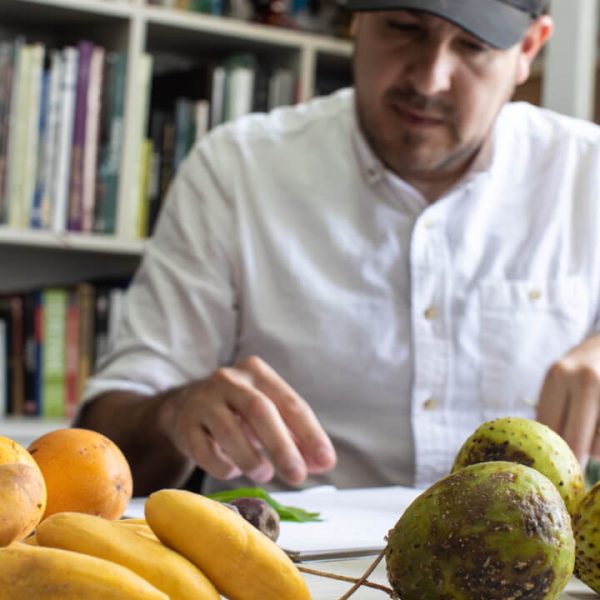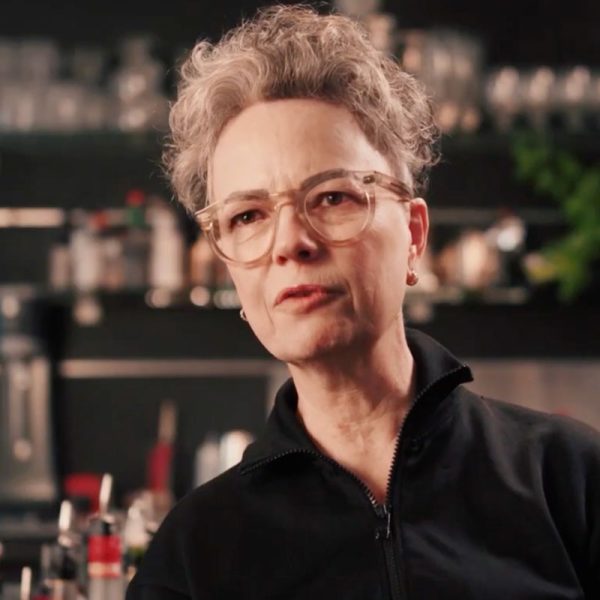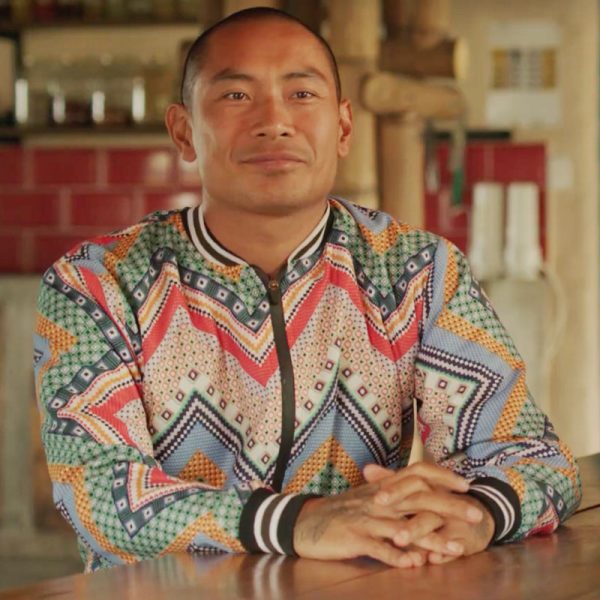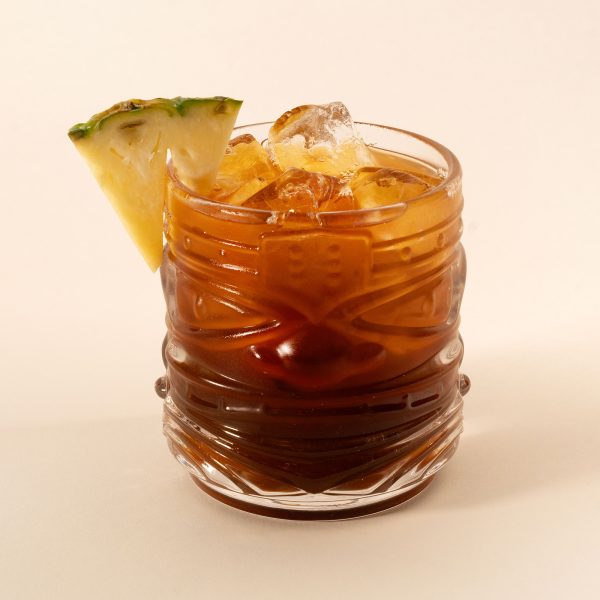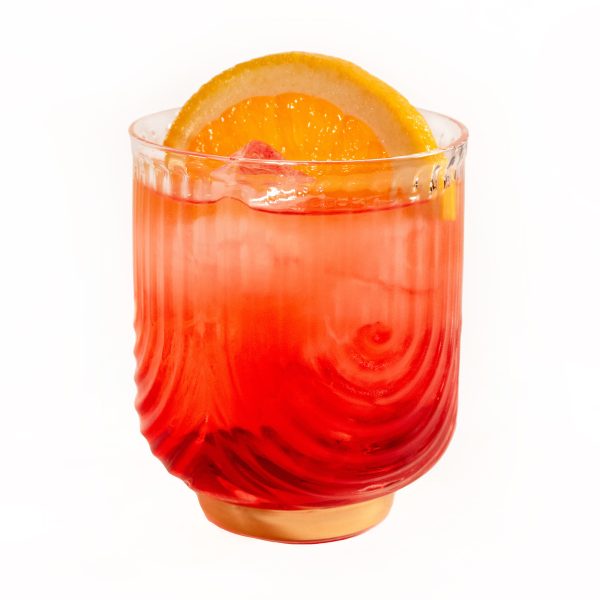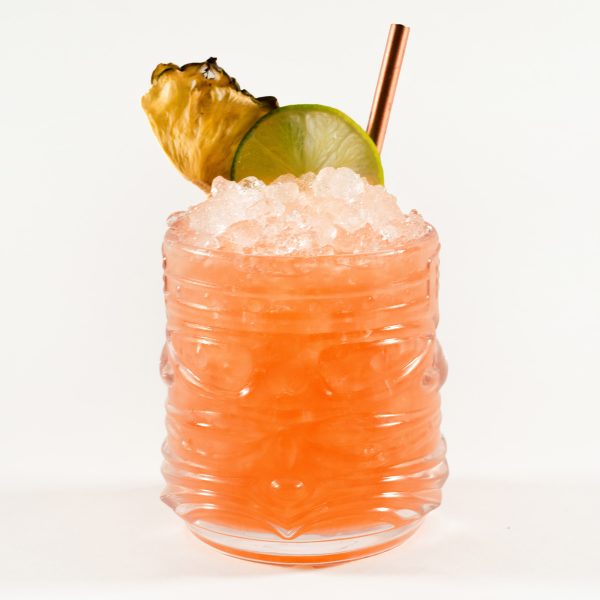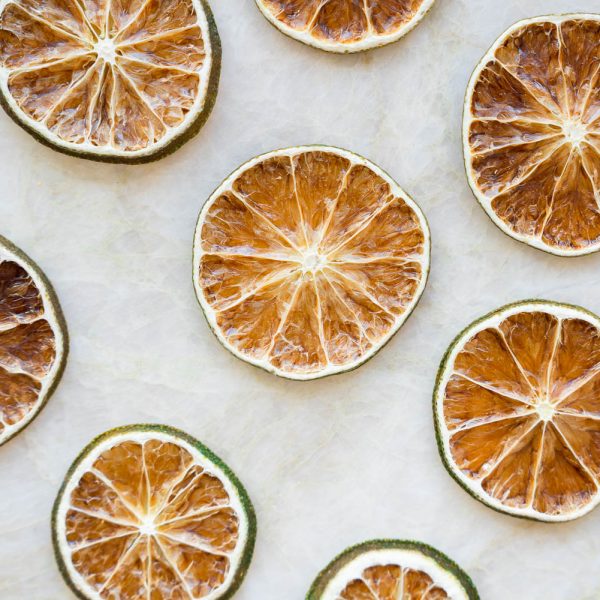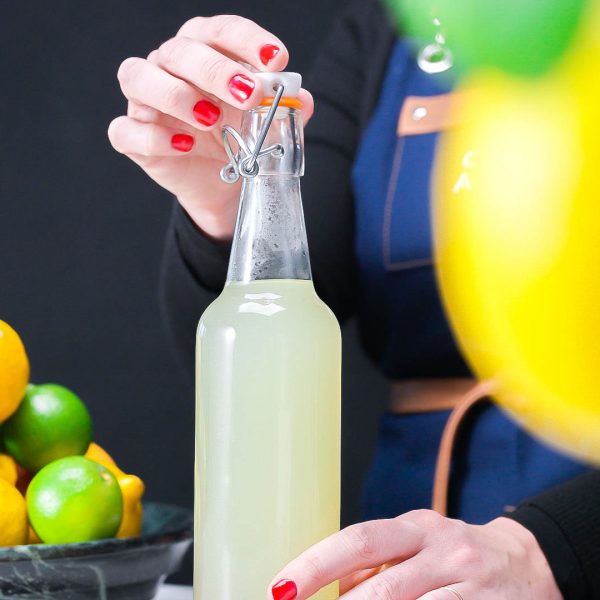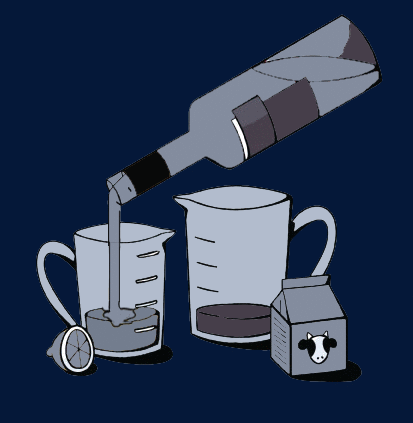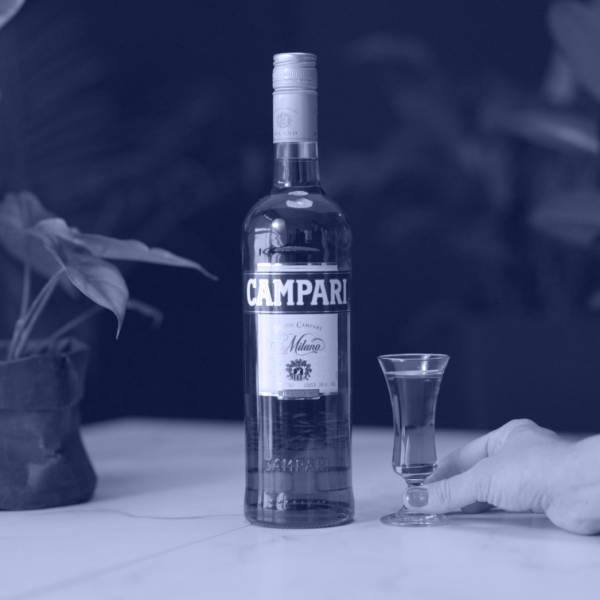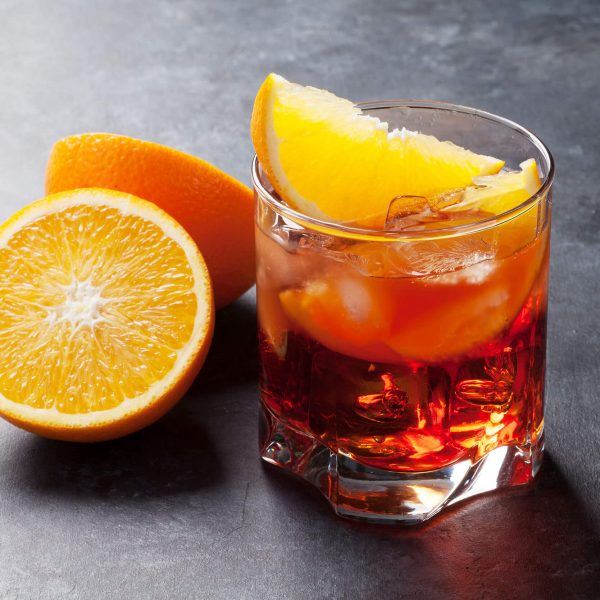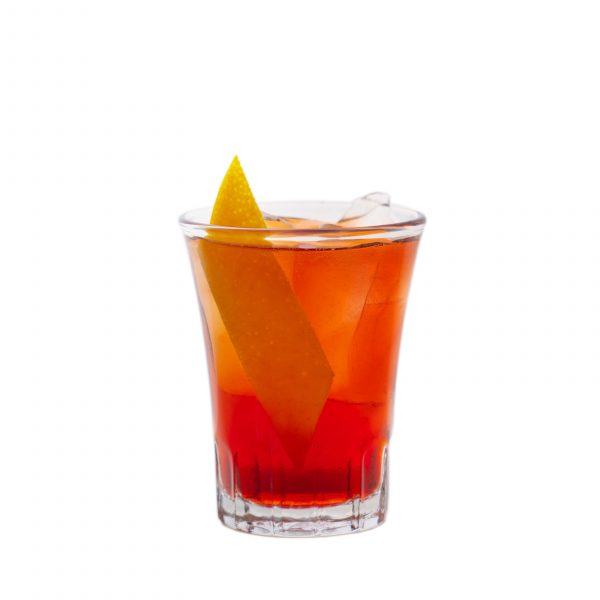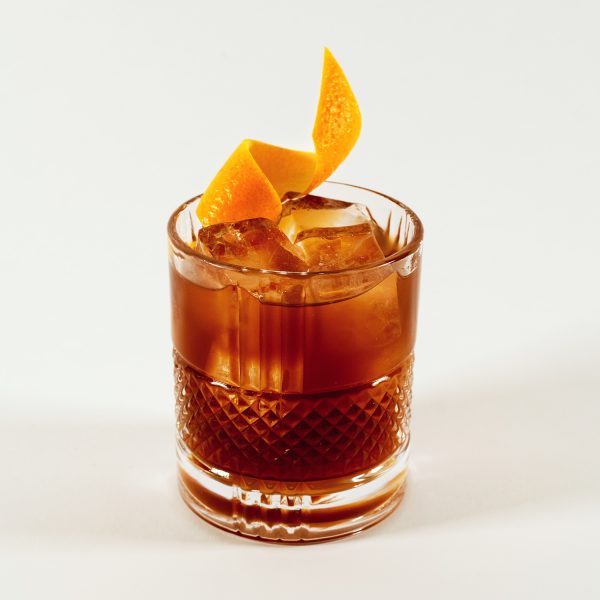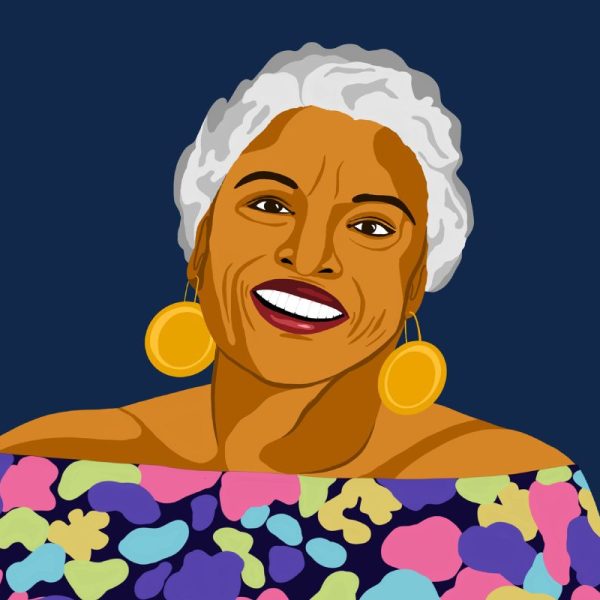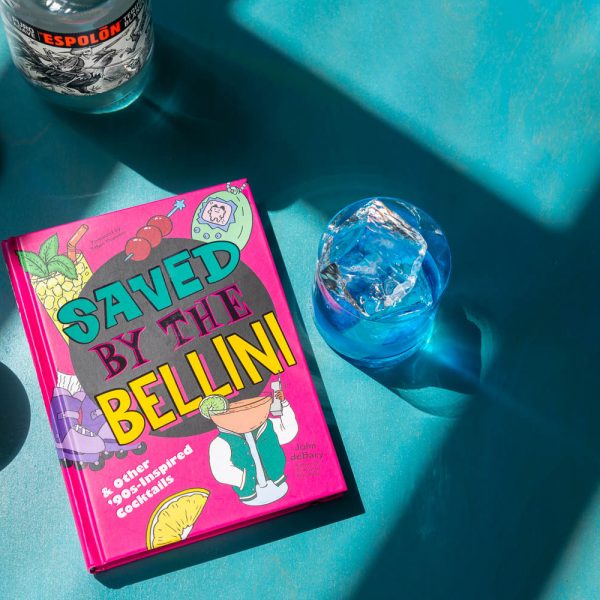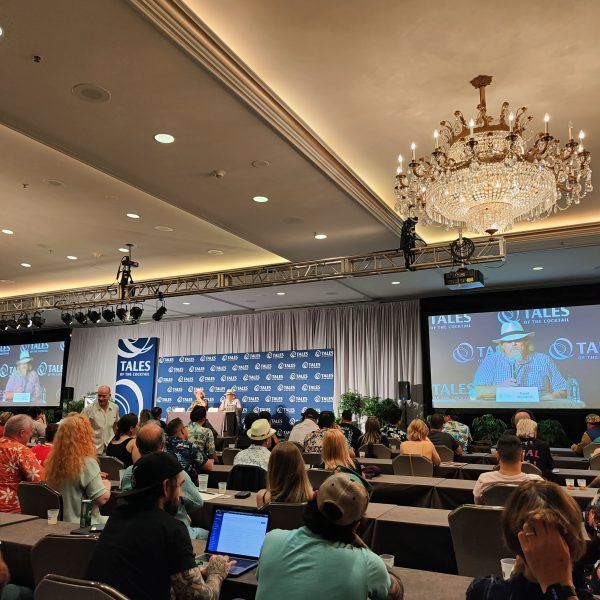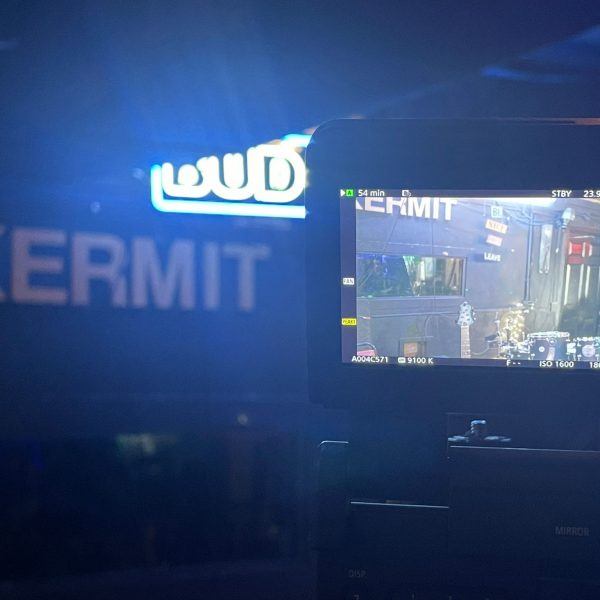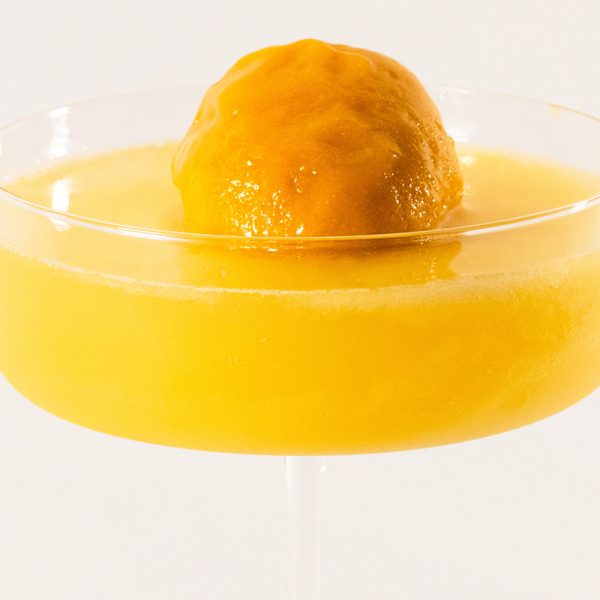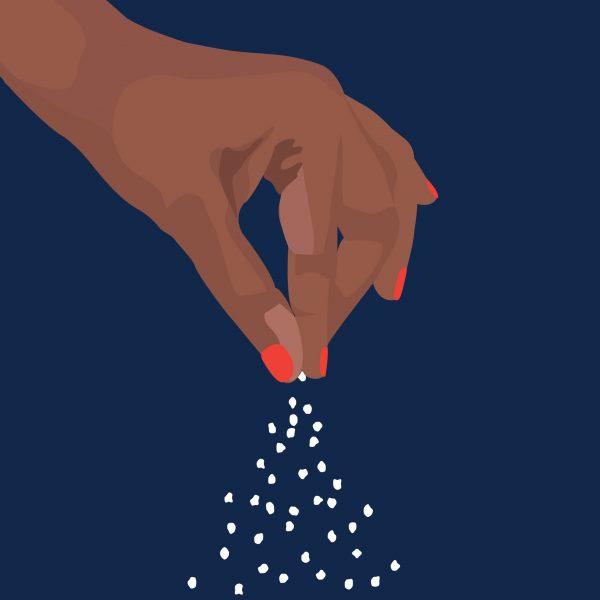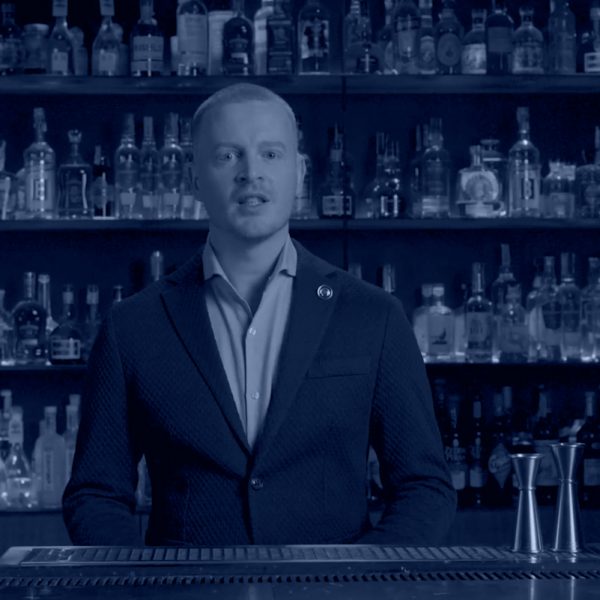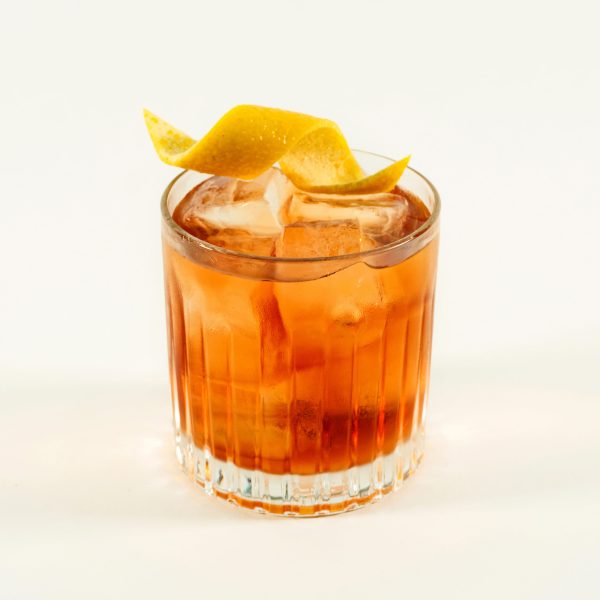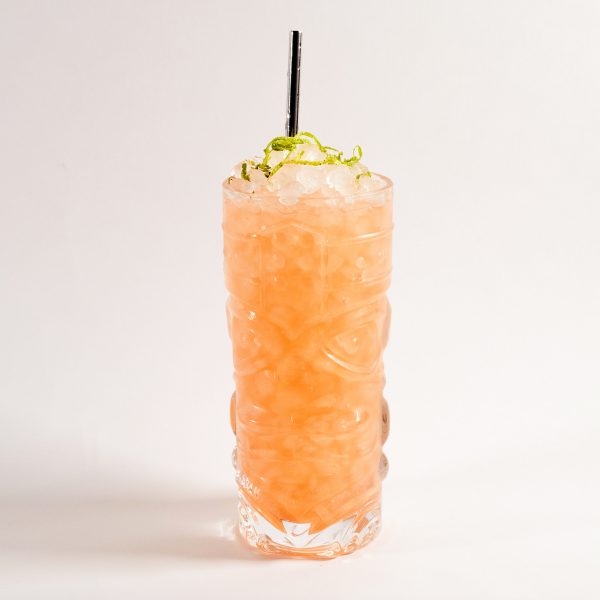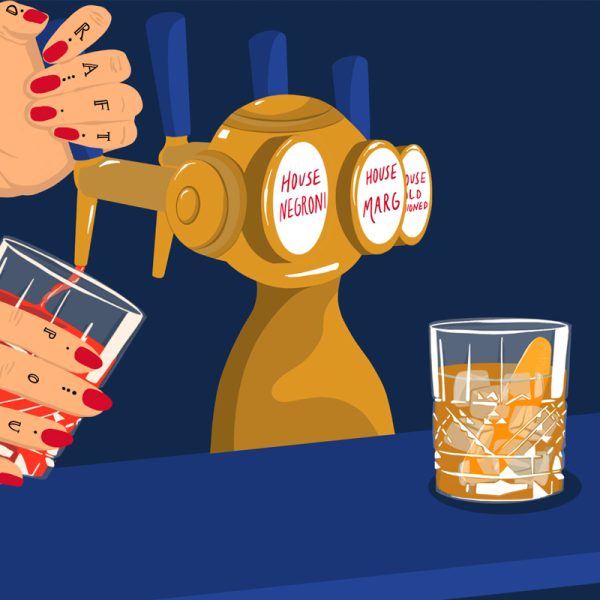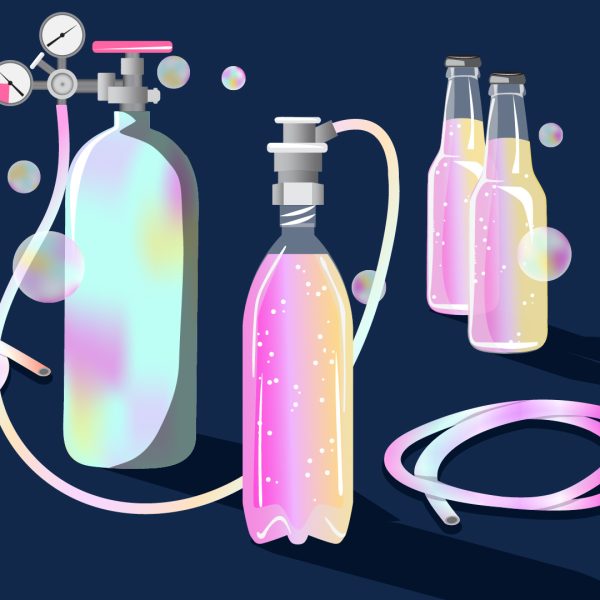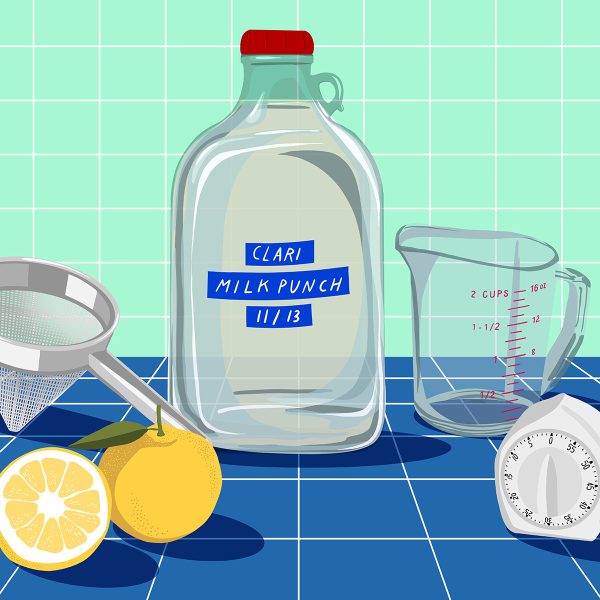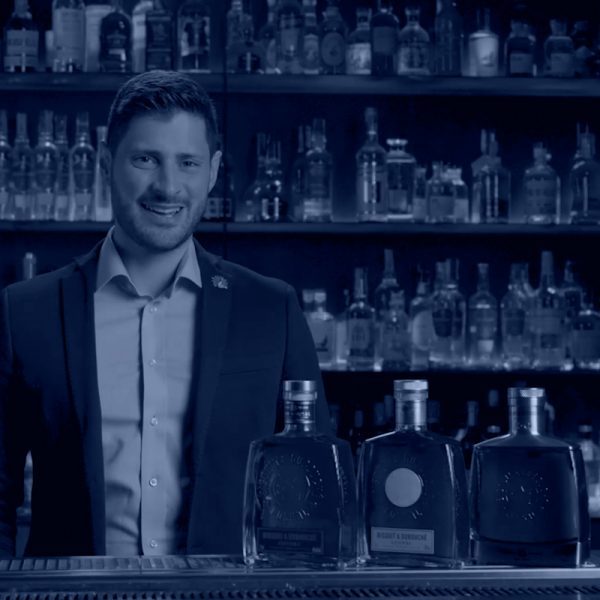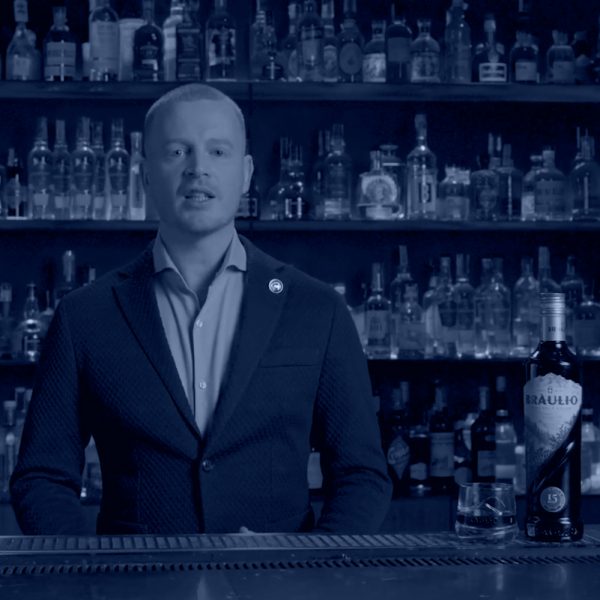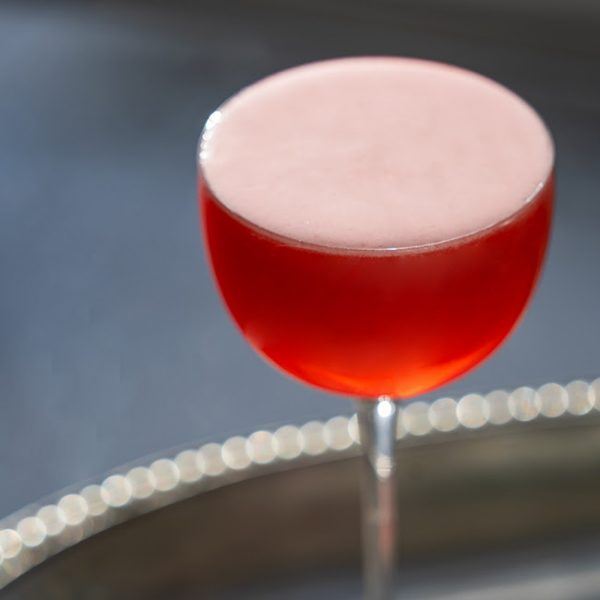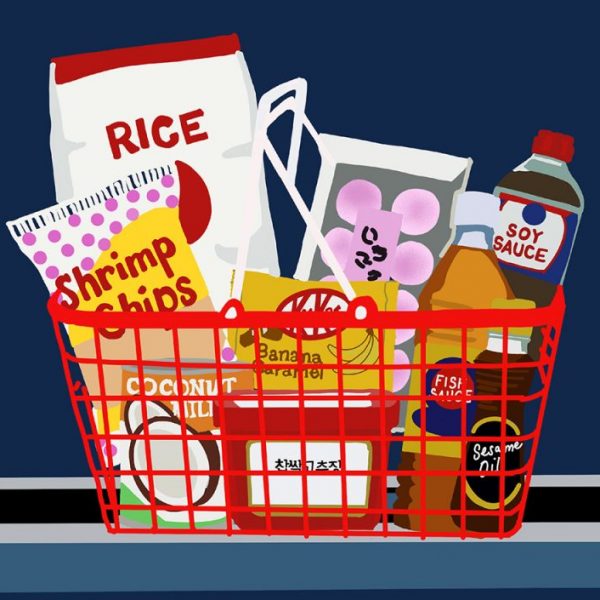A Look at Women’s Roles as Brewers and Distillers
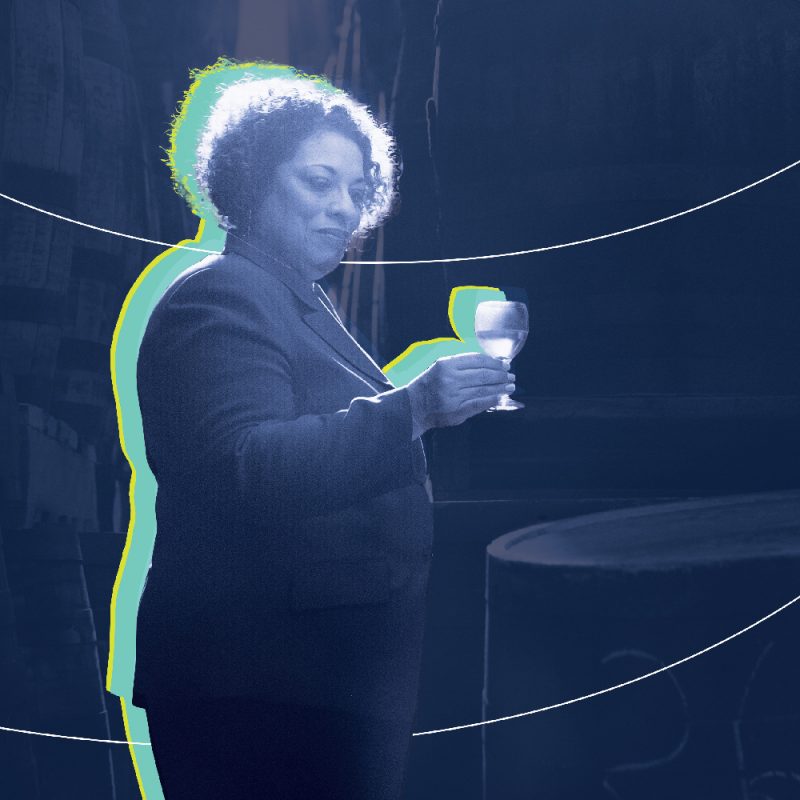
Women have historically been overlooked for their contributions and innovations in the liquor industry – but things are changing.
Women make up a vibrant part of today’s alcoholic beverage industry. But to understand where we are now, it’s important to look back.
The alcohol industry is no different from other industries in this, as several historians have uncovered. Several recent books, “Girly Drinks” by Mallory O’Meara, “Every Home a Distillery: Alcohol, Gender, and Technology in the Colonial Chesapeake” by Sarah Hand Meacham and “Drinking Like Ladies” by Kirsten Amann and Misty Kalkofen, uncover women’s accomplishments and place them front and center. On the one hand, the authors say it’s shocking that women’s involvement in liquor winds back to the earliest eras in civilization. And yet, historians found patterns where women’s roles were consistently diminished.
“When Kirsten and I were researching for our book, time and time again we encountered women who had accomplished great things in their industry but their accomplishments had been lost over the course of history or, even worse (and quite frequently) their male colleagues had taken credit for their accomplishments,” author Misty Kalkofen says.
Historian Mallory O’Meara had the same experience. “I was stunned at how much information there was about women in distilling,” she says. “This wasn’t just small bits – it was massive changes, massive innovations.” When starting her research, O’Meara assumed her book would start sometime in medieval Europe, but her research kept pointing to the beginning of civilization itself. And yet, the history books O’Meara consulted didn’t mention the role of women. “They almost have to be trying to leave these women out,” she notes. “This is bonkers to me.”
London’s gin craze is a textbook example. The invention of gin (the new, trendy spirit of its day) “wasn’t imbued with masculine tradition, so women got in on the ground floor,” O’Meara says. “There were a ton of female distillers, as well as female gin drinkers.” The dawn of the Industrial Revolution introduced a new demographic of young, single women who were going to work and wanted to drink, but the taverns were masculine spaces where men might sit and drink for hours at a time. Recognizing an opportunity, female shopkeepers opened up dramshops where women could come in, swing back some gin, and then head back out. “Dramshops were the first place in London’s history where it was okay for a woman to drink in public without a risk to her reputation,” O’Meara writes. “It was a female-centric public space, an entirely new idea for the city.”
Money and Power Dynamics
Despite the fact that many alcohol innovations happened in early kitchens, once products were commodified (sold, transported and exported at large scale), men would pass gate-keeping regulations, such as requiring producers to be part of a guild or to purchase expensive licenses. “For centuries, it was moms who were making beer,” O’Meara says. “All of a sudden, they were pushed out. Every single time period, whether it was fermenting or distilling, it’s systemic. It’s a pretty salient pattern throughout history.”
In “Every Home a Distillery,” Meacham notes that for many generations, women in colonial Chesapeake (modern day Virginia and Maryland) were the primary producers of raw fruit alcohols, such as cider. This was in contrast to their counterparts in Europe, which turned beer making into a male-dominated alcohol industry. Meacham notes that eventually, men in colonial America began to take over household alcoholic production once demand surged and there were serious profits to be made, just as they had done in Europe. In the case of the Chesapeake colonists, it was “the requirements of supplying the Continental Army with liquor during the American Revolution that led to the re-gendering of alcohol production during the late eighteenth century,” Meacham writes.
What Comes Next
While the work is far from over, women have made substantial strides in the alcohol industry, notably Dr. Joy Spence, who has over four decades of experience at Appleton Estates, and became the first-ever female master blender in the spirits industry when she stepped into her current role. Throughout her career she concedes she’s hit hurdles. “I had to work harder to gain recognition and experienced chauvinism in certain areas,” she says. “For some time, I was carrying the weight for other females, so I had to make sure I was successful.”
“I’d like to see the industry promote [the fact] that there are [fewer] barriers in the world of blending and universities could do more to encourage more women into the field,” Dr. Spence adds. “This is how we step into the future.”
“We have made significant strides towards raising the visibility of women, but I still think we have a ways to go,” Misty Kalkofen says. “The gender pay gap still exists. Women make between 78% to 82% of what men make depending on the source quoted, but sadly that number changes drastically in the wrong direction when you break down the statistics by race. Organizing to raise awareness is still very important.”
“I hope to see more men involved in these conversations,” Kalkofen says. “Women should not be carrying the full weight of making change. We need allies and we need them now.” Women’s roles in the industry are now more visible than ever: from executives to brand founders and distillers to bar owners and influential mixologists. As the new generation of female leaders steps forward, it is apparent that this one will finally break from tradition – by celebrating women’s contributions at all levels.



